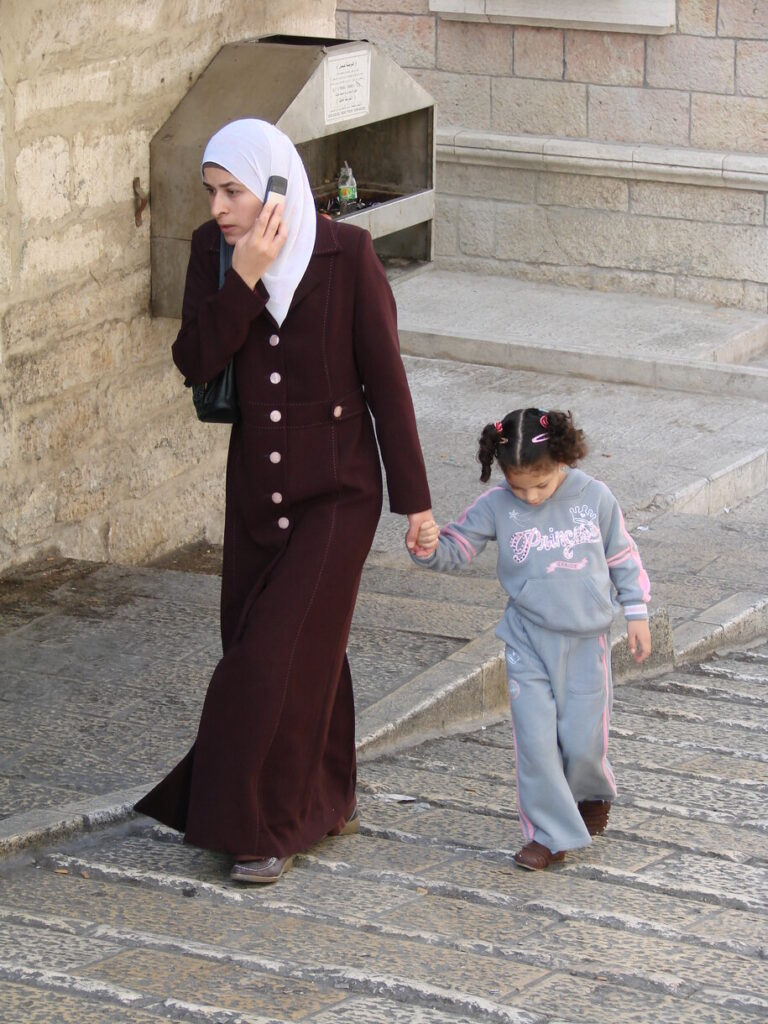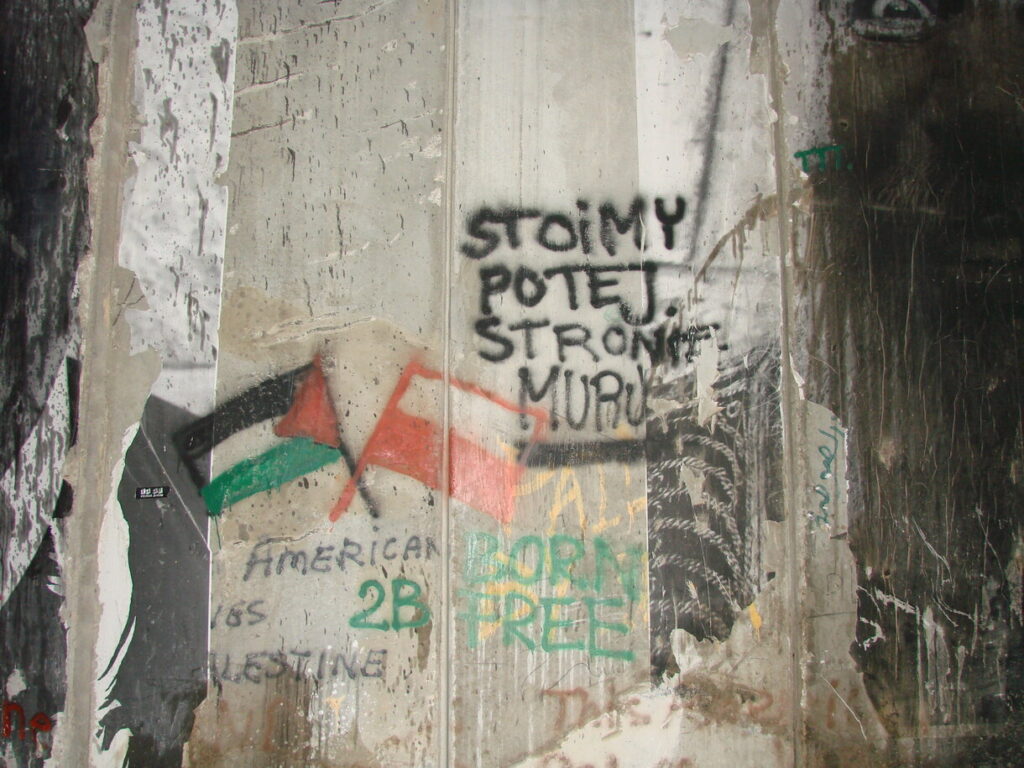Traveler’s Guide: Navigating Complex Realities
Israel’s Border Security – A necessary but intense experience. As a visitor, expect thorough security checks that reflect the region’s complex geopolitical reality. Officials conduct methodical interviews and luggage inspections—standard procedure given Israel’s security concerns since 1948. While questions like “Are you a terrorist?” may seem blunt, they’re part of a standardized security protocol. Pro tip: Answer concisely, maintain patience, and remember this is temporary—your holy land experience awaits just beyond.

A Nation in Uniform: Israel’s streets present a striking contrast—young soldiers (18-21 years old) with M16 rifles sipping coffee beside tourists. This stems from mandatory military service (32 months for men, 24 for women), a societal norm since 1949. While their presence can feel imposing, these are ordinary citizens fulfilling national service. At West Bank checkpoints, their decisions carry profound consequences—a heavy responsibility for young adults. Many veterans later struggle with PTSD and civilian reintegration, an often-overlooked human cost of perpetual conflict.

The Separation Barrier: This 700 km network (completed sections stand 8m high) represents one of the region’s most contentious structures. Israel calls it a security necessity (reducing attacks by 90% since 2002), while Palestinians view it as land annexation. The barrier has reshaped lives—farmers separated from fields, workers from jobs, families from relatives. In Bethlehem, graffiti artists like Banksy have turned sections into political canvases, with powerful works like the “Flower Thrower” symbolizing resistance.
Historical Echoes: There’s profound irony in how security walls now divide communities here. For Jews who endured ghettoization during the Holocaust (where 400,000 were confined in Warsaw alone), the optics of barrier construction are painfully complex. Many Israeli peace activists acknowledge this paradox while maintaining security concerns. Meanwhile, Palestinian narratives draw parallels to their own displacement during the Nakba (1948 exodus). These competing historical traumas fuel the conflict’s intractability.
Cultural Navigation: In markets from Jerusalem’s Old City to Bethlehem’s souks, bargaining is both art and necessity. Vendors often quote tourists 2-3x local prices—not malice, but tradition. Try countering with 40% of the initial offer, then meet halfway. Pro tip: Smiling and saying “la, shukran” (no, thank you in Arabic) often yields better prices than aggressive haggling.

Sacred Spaces Protocol: When visiting holy sites (Church of the Holy Sepulchre, Al-Aqsa Mosque, etc.), modesty matters. For all genders: shoulders/knees covered (carry a scarf), avoid sheer fabrics. At the Western Wall, men need head coverings (available free). These rules aren’t just respect—they’re strictly enforced. In mosques, non-Muslims may be restricted to certain areas—always ask before entering.
“Pray for the peace of Jerusalem: ‘May those who love you be secure.'”
Psalm 122:6

Leave a Reply